A symbol of dependable quality ore milling machinery manufacturing, industrial and mining equipment, ball mills and rod mills as well as supplies created for your specific needs. During this period thousands of operators have experienced continuous economical and unequalled service through their use. As an industrial ball mill manufacturer and supplier, we have continuously accumulated knowledge on grinding applications. It has contributed greatly to the grinding process through the development and improvement of such equipment.
Just what is grinding? It is the reduction of lump solid materials to smaller particles by the application of shearing forces, pressure, attrition, impact and abrasion. The primary consideration, then, has been to develop some mechanical means for applying these forces. The modern grinding mill applies power to rotate the mill shell and thus transmits energy to some form of media which, in turn, fractures individual particles.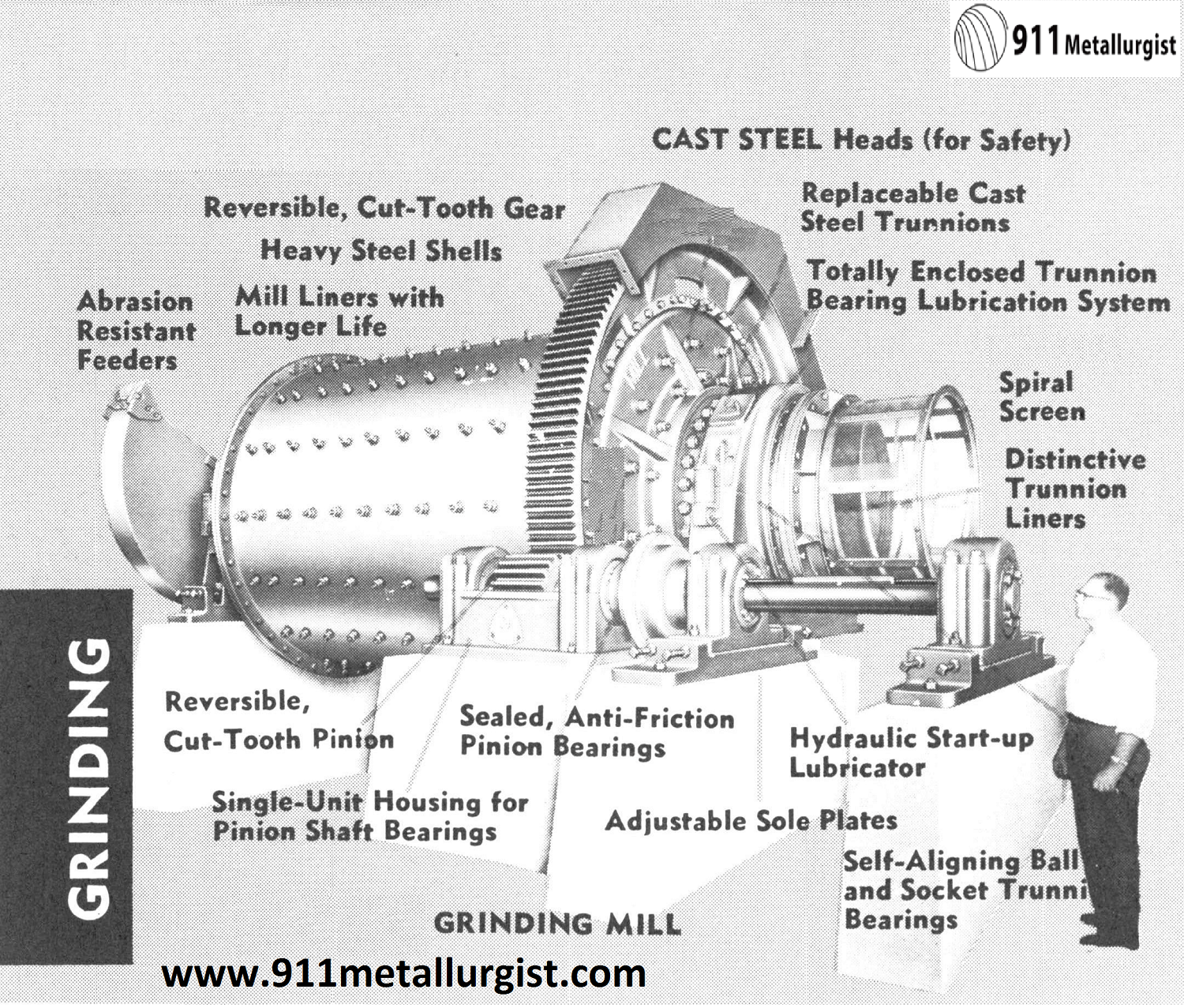
Through constant and extensive research, in the field of grinding as well as in the field of manufacturing. Constantly changing conditions provide a challenge for the future. Meeting this challenge keeps our company young and progressive. This progressive spirit, with the knowledge gained through the years, assures top quality equipment for the users of our mills.
Today modern manufacturing facilities, rigid controls, and close inspection assure excellence in uniformity of our products and satisfactory performance even under the most severe conditions.
You are urged to study the following pages which present a detailed picture of our facilities and discuss the technical aspects of grinding. You will find this data helpful when considering the selection of the grinding equipment.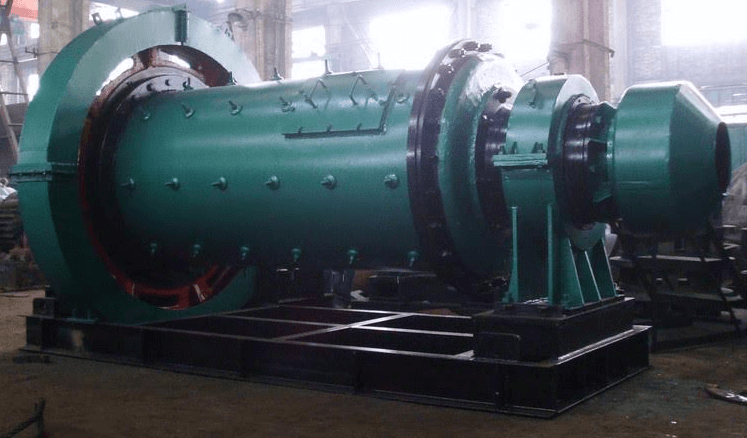
It is quite understandable that we takes pride in the quality of our mills. Complementing the human craftsmanship built into these mills, our plants are equipped with modern machines of advanced design which permit accurate manufacturing of each constituent part. Competent supervision encourages close inspection of each mill both as to quality and proper fabrication. Each mill produced is assured of meeting the high required standards. New and higher speed machines have replaced former pieces of equipment to provide up-to-date procedures. The use of high speed cutting and drilling tools has stepped up production, thereby reducing costs and permitting us to add other refinements and pass these savings on to you, the consumer.
Each foundry heat is checked metallurgically prior to pouring. All first castings of any new design are carefully examined by the use of an X-ray machine to be certain of uniformity of structure. The X -ray is also used to check welding work, mill heads, and other castings.
Each Mills, regardless of size, is designed to meet the specific grinding conditions under which it will be used. The speed of the mill type of liner, discharge arrangement, size of feeder, size of bearings, mill diameter and length, and other factors are all considered to take care of the size of feed, tonnage, circulating sand load, selection of balls or rods, and the final size of grind.
All Mills are built with jigs and templates so that any part may be duplicated. A full set of detailed drawings is made for each mill and its parts. This record is kept up to date during the life of the mill. This assures accurate duplication for the replacement of wearing parts during the future years.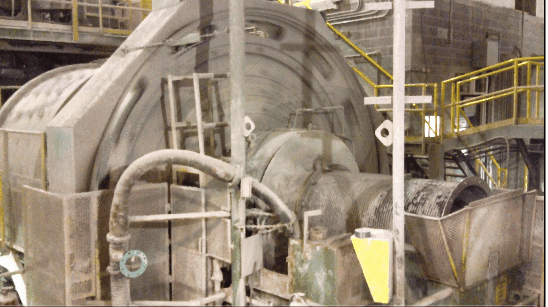
Grinding Engineering Technical Services
As a part of our service our staff includes experienced engineers, trained in the field of metallurgy with special emphasis on grinding work. This knowledge, as well as a background gained from intimate contact with various operating companies throughout the world, provides a sound basis for consultation on your grinding problems. We take pride in manufacturing rod mills and ball mills for the metallurgical, rock products, cement, process, and chemical industries.
Ore Grindability & Hardness Testing Services
As an additional service we offer our testing laboratories to check your material for grindability. Since all grinding problems are different some basis must be established for recommending the size and type of grinding equipment required. Experience plays a great part in this phase however, to establish more direct relationships it is often essential to conduct individual grindability tests on the specific material involved. To do this we have established certain definite procedures of laboratory grinding work to correlate data obtained on any new specific material for comparison against certain standards. Such standards have been established from conducting similar work on material which is actually being ground in Mills throughout the world. The correlation between the results we obtain in our laboratory against these standards, coupled with the broad experience and our company’s background, insures the proper selection and recommendation of the required grinding equipment.
Which Grinding Mill do I Need
When selecting a grinding mill there are many factors to be taken into consideration. First let us consider just what constitutes a grinding mill. Essentially it is a revolving, cylindrical shaded machine, the internal volume of which is approximately one-half filled with some form of grinding media such as steel balls, rods or non-ferrous pebbles.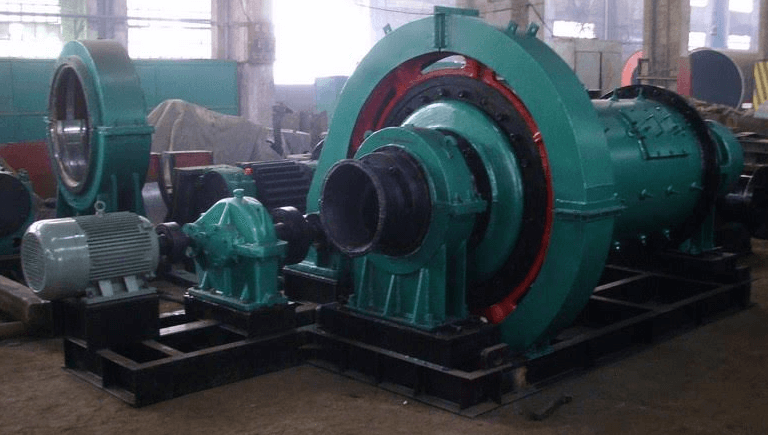
Typical grinding mill size of feed:
- coarse (1″ to 2″);
- medium (¼” to ¾”),
- fine (less than ¼”).
Feed may be classified as hard, average or soft. It may be tough, brittle, spongy, or ductile. It may have a high specific gravity or a low specific gravity. The desired product from a mill may range in size from a 4 mesh down to 200 mesh, or into the fine micron sizes. For each of these properties a different mill would be indicated.
The Mill has been designed to carry out specific grinding work requirements with emphasis on economic factors. Consideration has been given to minimizing shut-down time and to provide long, dependable trouble-free operation. Wherever wear takes place renewable parts have been designed to provide maximum life. A Mill, given proper care, will last indefinitely.
Mills have been manufactured in a wide variety of sizes ranging from laboratory units to mills 12½’ in diameter, with any suitable length. Each of these mills, based on the principles of grinding, provides the most economical grinding apparatus.
We offers you the following advantages:
- Power requirements and consumption of liners and media are kept at a minimum.
- Superior mechanical construction provides continuous low cost operations.
- They are available in a large selection of sizes and capacities.
- Low pulp level grinding provides an active effective grinding mass within the mill to act on particle size reduction only. There is no wasteful cushioning of grinding action by high pulp levels.
- For any given capacity Low Discharge Level Mills require less floor space, lower transportation costs, and minimum required erection material.
SMALL ROD MILLS
For a number of years ball mill grinding was the only step in size reduction between crushing and subsequent treatment. Subsequently smaller rod mills have altered this situation, providing in some instances a more economical means of size reduction in the coarser fractions. The principal field of rod mill usage is the preparation of products in the 4-mesh to 35-mesh range. Under some conditions it may be recommended for grinding to about 48 mesh. Within these limits a rod mill is often superior to and more efficient than a ball mill. It is frequently used for such size reduction followed by ball milling to produce a finished fine grind. It makes a product uniform in size with only a minimum amount of tramp oversize.
The basic principle by which grinding is done is reduction by line contact between rods extending the full length of the mill. Such line contact results in selective grinding carried out on the largest particle sizes. As a result of this selective grinding work the inherent tendency is to make size reduction with the minimum production of extreme fines or slimes.
The small rod mill has been found advantageous for use as a fine crusher on damp or sticky materials. Under wet grinding conditions this feed characteristic has no drawback for rod milling whereas under crushing conditions those characteristics do cause difficulty. This asset is of particular importance in the manufacture of sand, brick, or lime where such material is ground and mixed with just sufficient water to dampen, but not to produce a pulp. The rod mill has been extensively used for the reduction of coke breeze in the 8-mesh to 20-mesh size range containing about 10% moisture to be used for sintering ores.
SMALL BALL MILLS
Grinding by use of nearly spherical shaped grinding media is termed ball milling. Strictly speaking, such media are made of steel or iron. When iron contamination is detrimental, porcelain or natural non-metallic materials are used and are referred to as pebbles. When ore particles are used as grinding media this is known as autogenous grinding.
Other shapes of media such as short cylinders, cubes, cones, or irregular shapes have been used for grinding work but today the nearly true spherical shape is predominant and has been found to provide the most economic form.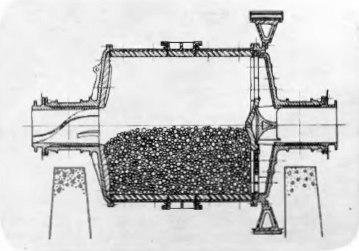
In contrast to rod milling the grinding action results from point contact rather than line contact. Such point contacts take place between the balls and the shell liners, and between the individual balls themselves. The material at those points of contact is ground to extremely fine sizes. The present day practice in ball milling is generally to reduce material to 35 mesh or finer. Grinding in a ball mill is not selective as it is in a rod mill and as a result more extreme fines and tramp oversize are produced.
Small Ball mills generally operate at slightly higher speeds than rod mills and thereby impart a cascading action to the grinding media.
Small Ball mills are generally recommended not only for single stage fine grinding but also have wide application in regrind work. The Small Ball mill with its low pulp level is especially adapted to single stage grinding as evidenced by hundreds of installations throughout the world. There are many applications in specialized industrial work for either continuous or batch grinding.
Is Wet Grinding Better than Dry Grinding
Wet grinding may be considered as the grinding of material in the presence of water or other liquids in sufficient quantity to produce a fluid pulp (generally 60% to 80% solids). Dry grinding on the other hand is carried out where moisture is restricted to a very limited amount (generally less than 5%). Most materials may be ground by use of either method in either ball mills or rod mills. Selection is determined by the condition of feed to the mill and the requirements of the ground product for subsequent treatment. When grinding dry some provision must be made to permit material to flow through the mill. Mills provide this necessary gradient from the point of feeding to point of discharge 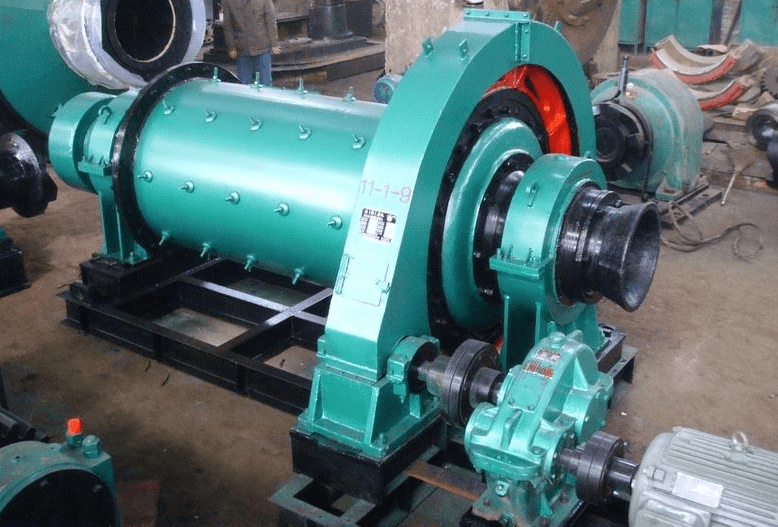 and thereby expedites flow.
and thereby expedites flow.
ADVANTAGES OF WET GRINDING
- No dust problem.
- Damp and sticky feed may be treated.
- Low power consumption.
- Simplified material handling.
- Higher mill capacity.
- Size classification is simplified.
ADVANTAGES OF DRY GRINDING
- Lower steel consumption.
- Elimination of drying or filtering finished product
How Fine Should you Grind that Ore
The fineness to which material must be ground is determined by the individual material and the subsequent treatment of that ground material Where actual physical separation of constituent particles is to be realized grinding must be carried to the fineness where the individual components are separated. Some materials are liberated in coarse sizes whereas others are not liberated until extremely fine sizes are reached.
Occasionally a sufficient amount of valuable particles are liberated in coarser sizes to justify separate treatment at that grind. This treatment is usually followed by regrinding for further liberation. Where chemical treatment is involved, the reaction between a solid and a liquid, or a solid and a gas, will generally proceed more rapidly as the particle sizes are reduced. The point of most rapid and economical change would determine the fineness of grind required.
Laboratory examinations and grinding tests on specific materials should be conducted to determine not only the fineness of grind required, but also to indicate the size of commercial equipment to handle any specific problem.
